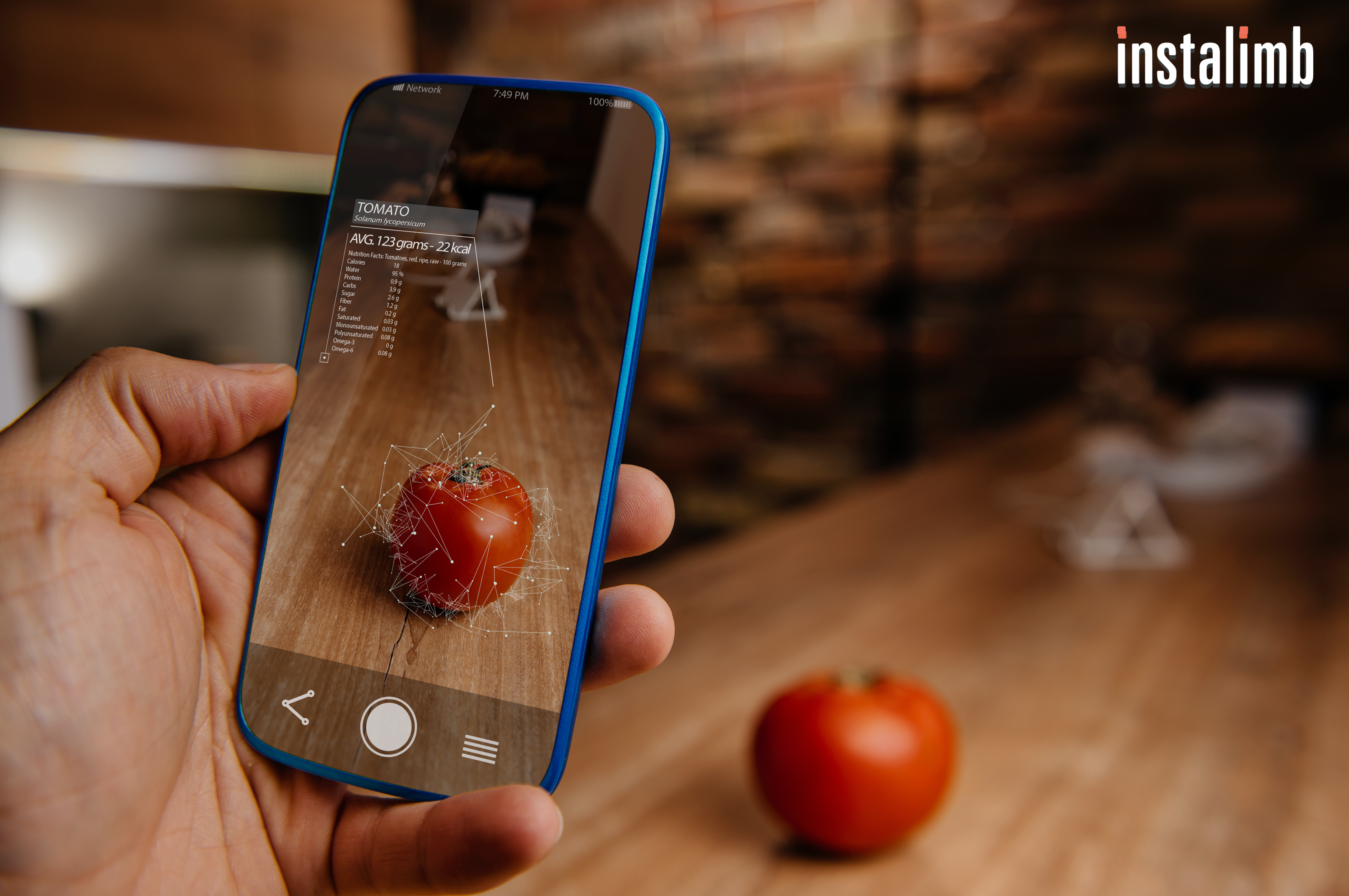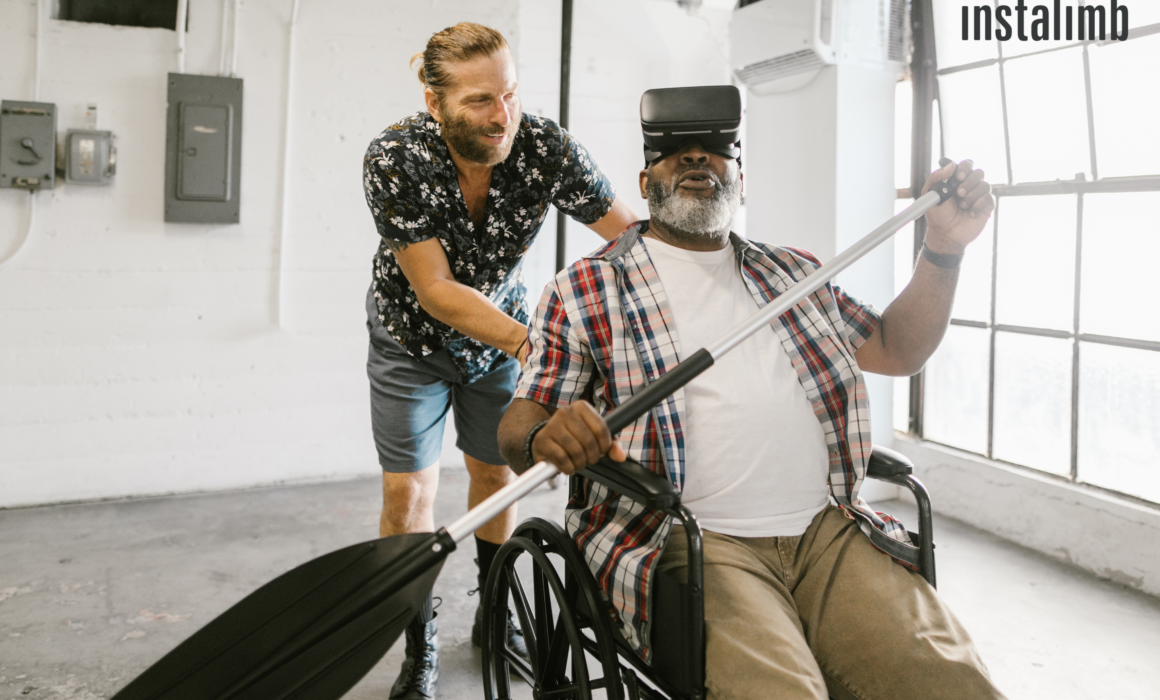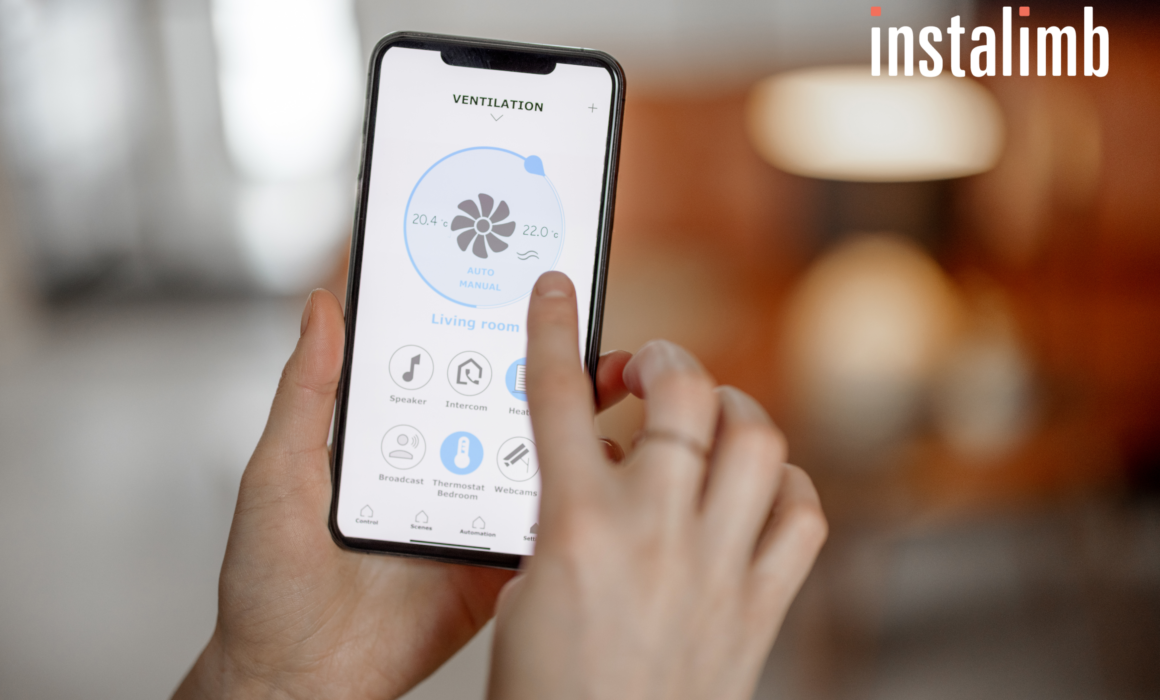What is Augmented Reality (AR)?
AR technology blends digital elements with the real world, allowing you to see virtual information right in your environment using smartphones or specialized glasses. For example, you can visualize furniture in your space or engage in interactive learning, seamlessly merging the physical and digital worlds.
How AR Transforms Prosthetic Care:
You can customize prosthetics in real-time, allowing for faster adjustments and better-fitting limbs. With AR, patients can follow interactive guides to maintain their prosthetic limbs, boosting their confidence and independence. Additionally, AR helps manage phantom limb pain by projecting a virtual limb, tricking the brain into thinking the limb is still there, which eases discomfort.
Enhancing Collaboration Among Care Providers:
Through AR, healthcare professionals are enabled to collaborate in real time, ensuring that the prosthetic design is consistently optimized for the specific needs of each patient. This seamless communication improves outcomes.
What’s Next?
In the future, we expect AR to introduce innovative tools such as apps for tracking progress and tutorials. Additionally, it will offer haptic feedback for prosthetic limb users to simulate touch, and telemedicine for remote adjustments. As a result, these advancements will make care more accessible and efficient.
Instalimb’s Game-Changing 3D Printing Technology
Instalimb has revolutionized the 3D printing field by integrating handheld 3D scanning and FDM technology. With this innovation, we can now create prosthetics in just five hours, streamlining the manufacturing process and greatly benefiting both patients and providers. Therefore, by using a smartphone-enabled scanner, we craft prosthetic devices tailored to meet individual needs. This technology not only simplifies prosthetic production but also provides a fully supported journey through hands-on education. The overall process is fast, efficient, and entirely patient-focused.
AR continues to transform the prosthetic limb industry, offering more personalized, accessible, and enhanced care. At Instalimb, these advancements are embraced to significantly improve the quality of life for amputees. For further information on how AR can assist in your prosthetic journey, feel free to contact us.
If you’re looking for a new artificial leg, want a free consultation, are unsure if your socket fits right, or have any other questions, now is the perfect time to reach out to us and try a test socket at no cost. Step it up with Instalimb – Contact us today!
Like this blog? Dive into more insightful reads on prosthetic care, fitness, and the latest in 3D-printed limbs.
- Virtual Reality and Rehabilitation: New Frontiers for Amputees
- Adapting Your Home for Accessibility with a Prosthetic Limb
- Understanding the Technology Behind Instalimb Prosthetics
- Irshad’s Remarkable Recovery with Instalimb
- Struggling with Prosthetic Costs?
Check out our blog section for more!




